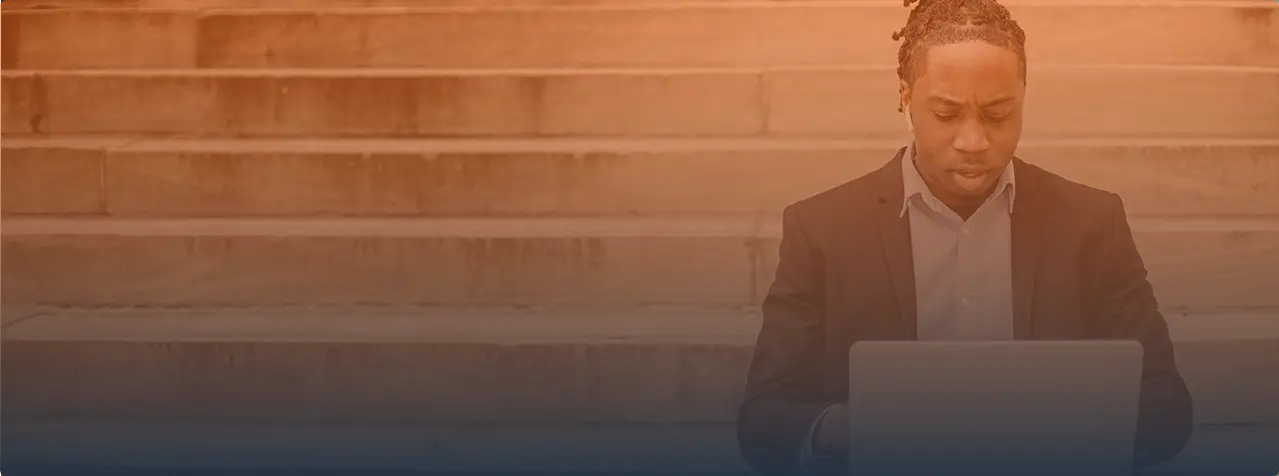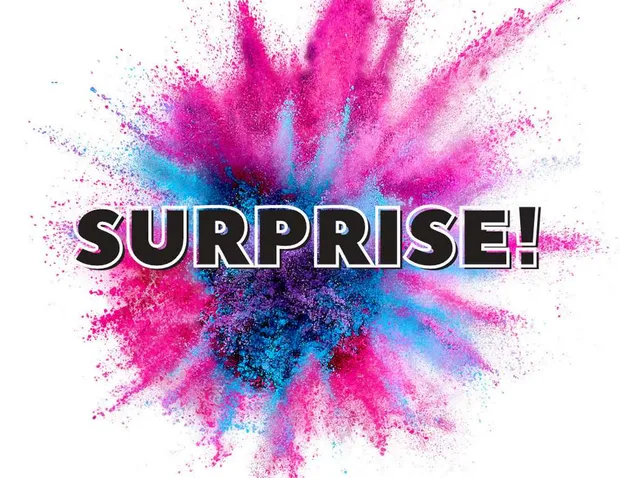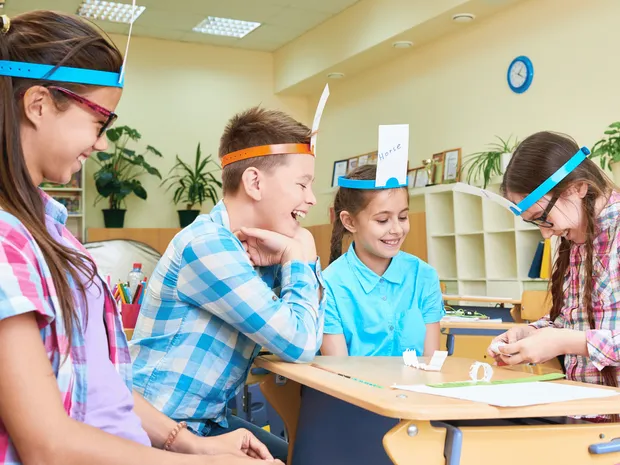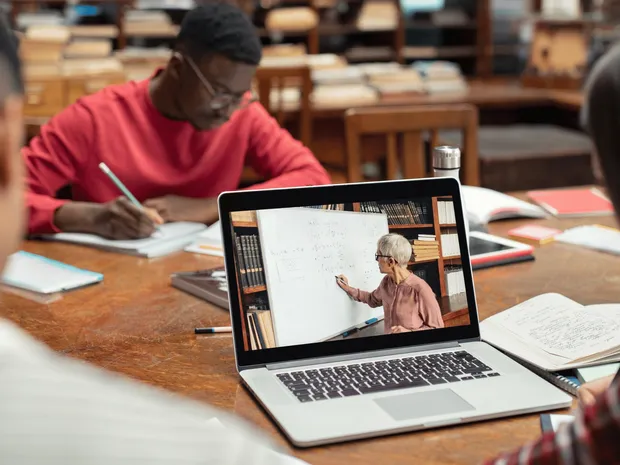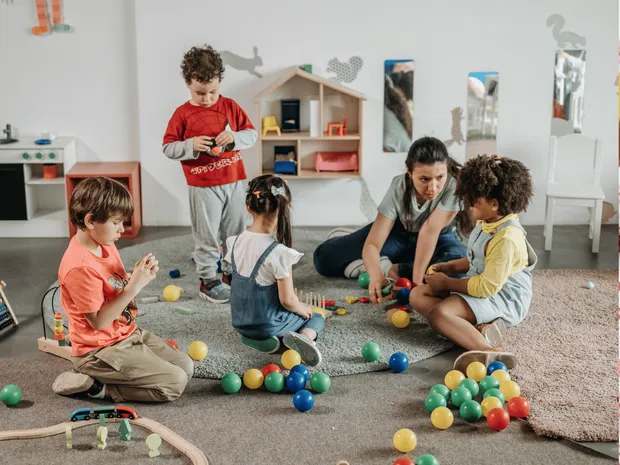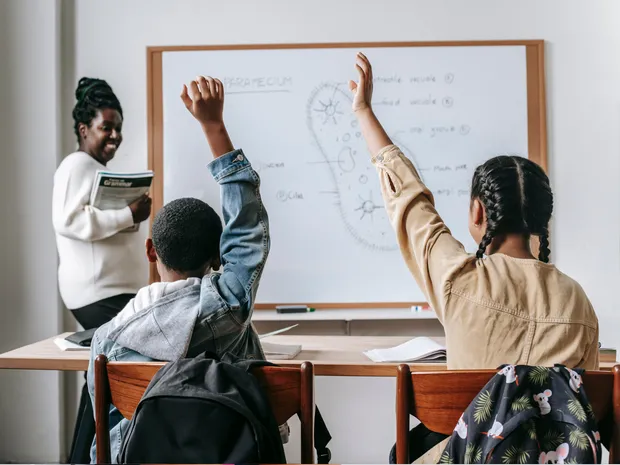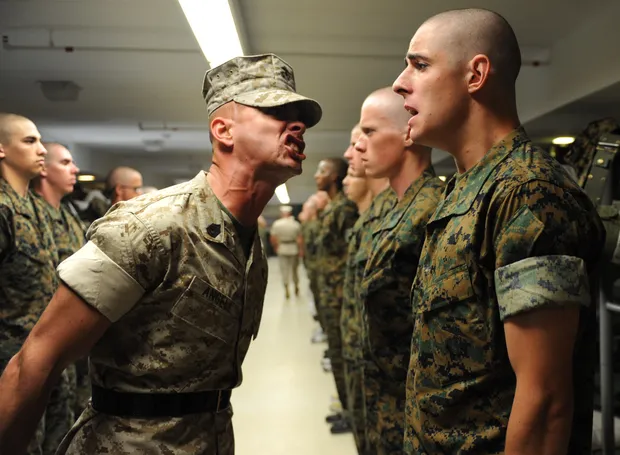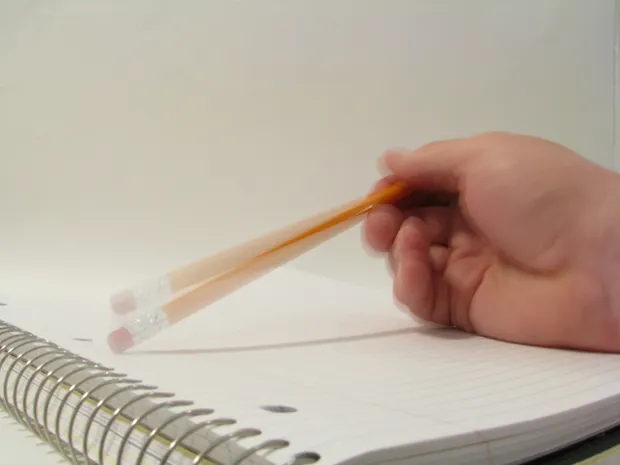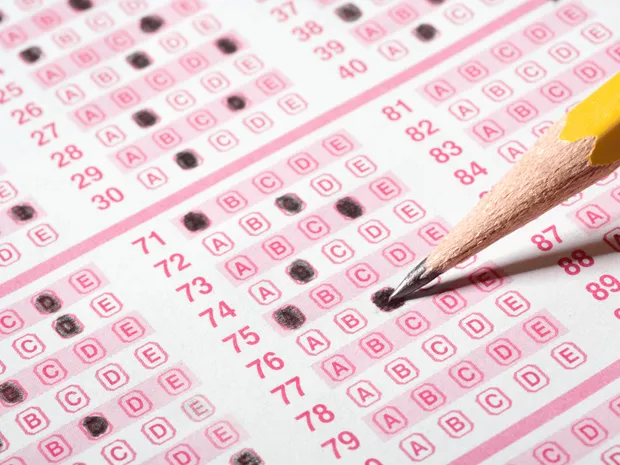In recent decades, there has been a strong movement away from "rote" learning. Try mentioning this instructional strategy in the teacher’s room and you’ll get an almost allergic response:
"Rote learning is a robotic and ineffective process," scoffs one teacher.
"It’s unsuited for modern learning needs!" hacks another.
While there is some truth to these concerns, the inescapable reality is that drill & practice is an essential learning activity in today’s and the future’s classrooms.
Why?
Because it’s the way our brains are hardwired to remember information. We know this at Brainscape because it is the cognitive science underscoring our learning app, which is proven to help students learn TWICE as efficiently as traditional study methods.
This doesn’t mean teachers should start wearing camos to school and switch out their class key lanyards for a drill sergeant’s whistle. Rather, the trick is to blend constructivist and behaviorist activities together in the right format.
For example: student self-assessment exercises are critical, both for learning a specific subject and for becoming a better life-long learner in general, while multiple-choice quizzes are not a good study tool.
These instructional tips are controversial
Despite the strong cognitive science supporting key principles like spaced repetition, some educators still refuse to accept new research on the other side of the public opinion pendulum, such as the proven fact that "learning styles" don’t work. That’s right. They’re a MYTH.
The bottom line is that some subjects are better learned in a certain way, whether students prefer it or not.
Sure, watching a video in class is a more fun way to "learn" mathematics. But you learn math BEST by doing the sums, equations, and theorems yourself. And you truly MASTER math through the practice and repetition of those sums, equations, and theorems. It's just that some students prefer the lazier approach because it's less work.
For the one true holistic learning style that does work for domain knowledge acquisition, check out our educators' guide to doubling students' knowledge retention.
Balancing effective instruction with student engagement
Striking the right balance of engaging vs. effective teaching strategies requires serious dexterity and agility. In fact, it is one of the most important challenges facing the modern educator—facing you—and it shifts depending on the subject matter being taught.
Using educational games, for example, can be a great way to engage students who lack sufficient intrinsic motivation. At least at first. Over time, however, educational games may compromise learning effectiveness in the name of engagement.
Relatedly, it is important to realize that some skills require high student engagement to ever truly be learned. Teaching leadership in a classroom is precisely one such example.
With time and experience, educators will come to hone these instructional strategies, learning when to fight for student engagement and when to just let your ADHD students fidget. In other words: to pick your battles!
Finally, don't forget to check out all the great ideas for using Brainscape with your students!
